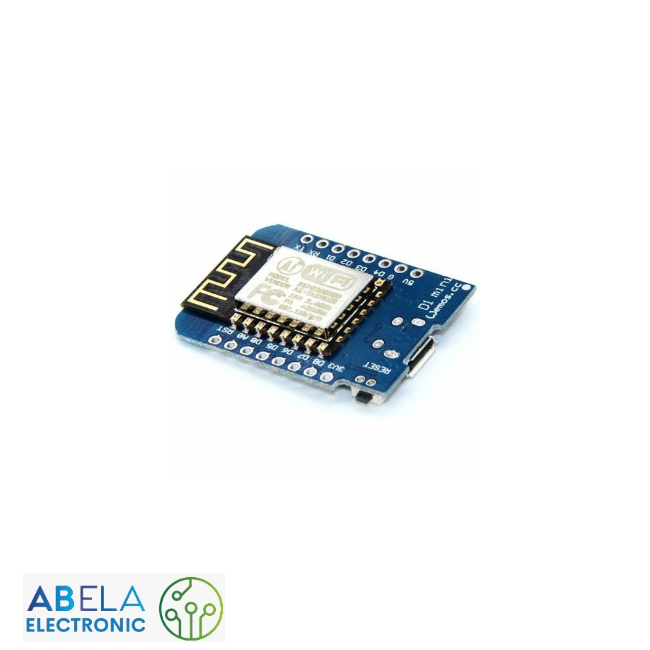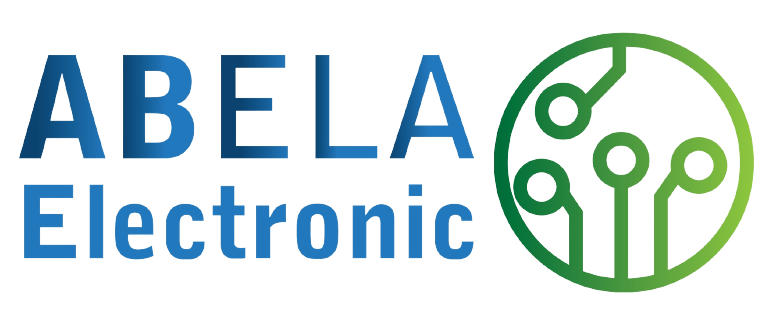
ESP8266 D1 MINI DEVELOPMENT BOARD (MINI-NODEMCU)
In stock
JOD 5.000 JOD 8.000
Description:
The ESP8266 D1 Mini Development Board, also known as Mini NodeMCU, is a compact and versatile development board based on the ESP8266 microcontroller. It is designed to facilitate the development of Wi-Fi-enabled IoT (Internet of Things) projects, making it popular among hobbyists, makers, and developers.
The D1 Mini Development Board features the ESP8266 microcontroller, which integrates a powerful 32-bit Tensilica processor, Wi-Fi connectivity, and sufficient memory to handle a variety of IoT applications. It provides a convenient and easy-to-use platform for connecting devices to the internet and exchanging data wirelessly.
Here's a description of the ESP8266 D1 Mini Development Board:
- Microcontroller: The board is equipped with the ESP8266 microcontroller, which runs at a clock speed of 80 MHz and has built-in Wi-Fi capabilities.
- Size and Form Factor: The D1 Mini board has a compact size, usually measuring around 34mm x 25mm, making it small enough to fit into tight spaces or be integrated into projects with size constraints. It often follows the form factor of the NodeMCU board, with a breadboard-friendly design.
- GPIO Pins: The board provides several General Purpose Input/Output (GPIO) pins, which can be used for connecting external sensors, actuators, and other components. The number of GPIO pins may vary depending on the specific version or variant of the D1 Mini board.
- USB Connectivity: The D1 Mini board typically features a micro USB port for programming and power supply. This allows for easy connection to a computer for programming and debugging purposes.
- Onboard Components: The board may include additional onboard components such as LED indicators, reset buttons, and voltage regulators to enhance usability and ease of development.
- Flash Memory: The D1 Mini board has onboard flash memory that can be used for storing program code, configuration data, and other files. The capacity of the flash memory may vary, but it is typically in the range of a few megabytes.
- Programming Language and IDE: The ESP8266 D1 Mini Development Board can be programmed using various programming languages, including Arduino programming language (based on C/C++) and MicroPython. It can be programmed using popular development environments such as the Arduino IDE or the PlatformIO IDE.
Specifications:
- Operating Voltage: The operating voltage of the board is usually 3.3V, although it may have built-in voltage regulators to support a wider range of input voltages.
- Wi-Fi Connectivity: The board includes onboard Wi-Fi capabilities, allowing it to connect to wireless networks and communicate with other devices or servers over the internet.
- GPIO Pins: The number of GPIO pins can vary, but common variants offer around 9 to 11 GPIO pins that can be used for digital input/output, analog input, and various communication protocols (e.g., I2C, SPI).
- Analog-to-Digital Converter (ADC): The ESP8266 microcontroller has an onboard ADC that enables analog input capabilities. The number of ADC channels can vary, typically ranging from 1 to 10 channels.
- Flash Memory: The amount of flash memory available on the board can vary, commonly ranging from 4MB to 16MB. This memory is used for storing program code, web pages, and other data.
- Communication Interfaces: The board supports communication protocols like I2C and SPI, allowing it to interface with various sensors, displays, and other devices.
- Clock Speed: The ESP8266 microcontroller operates at a clock speed of 80 MHz, providing sufficient processing power for many IoT applications.
